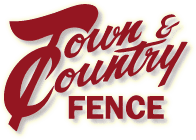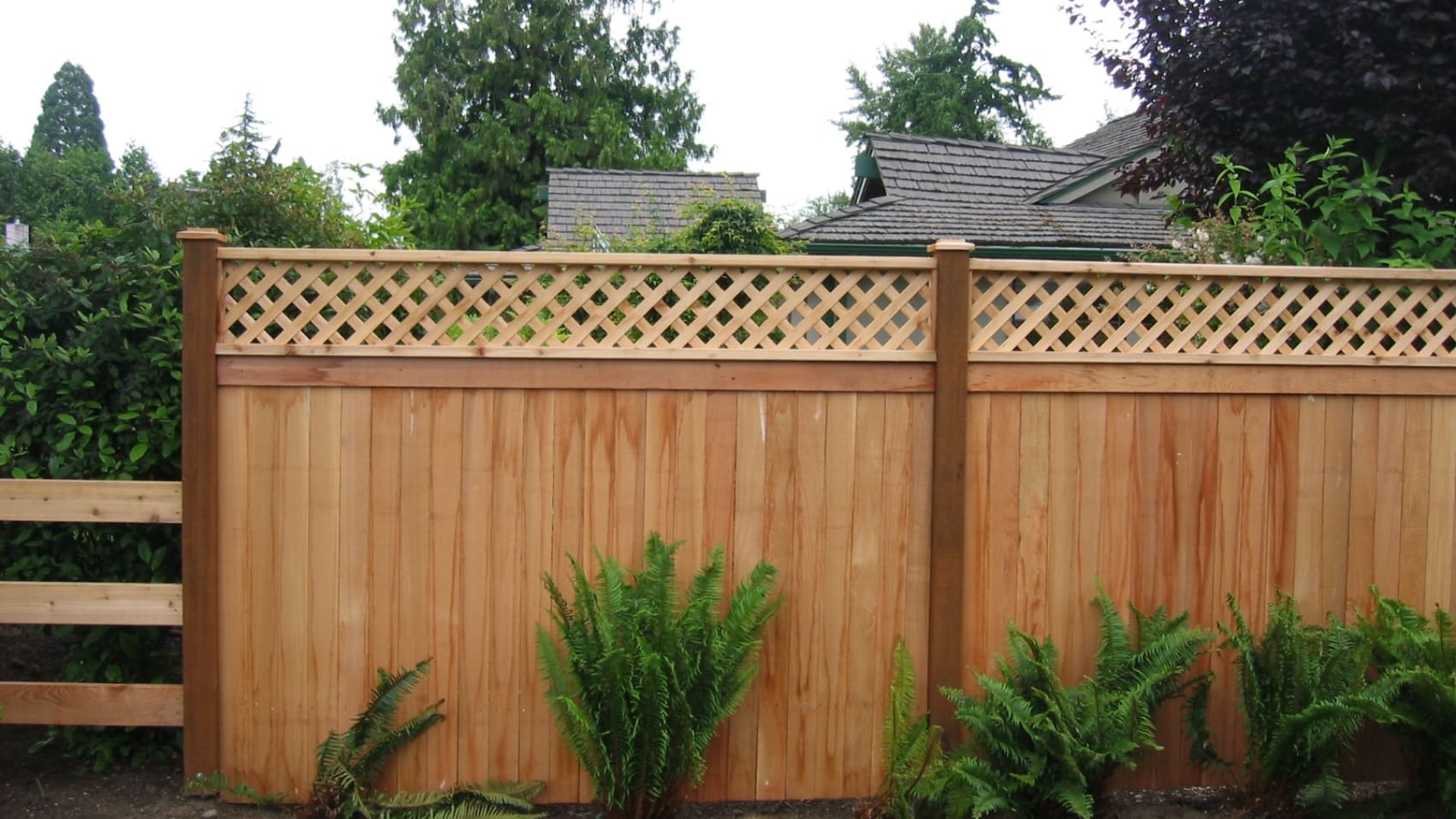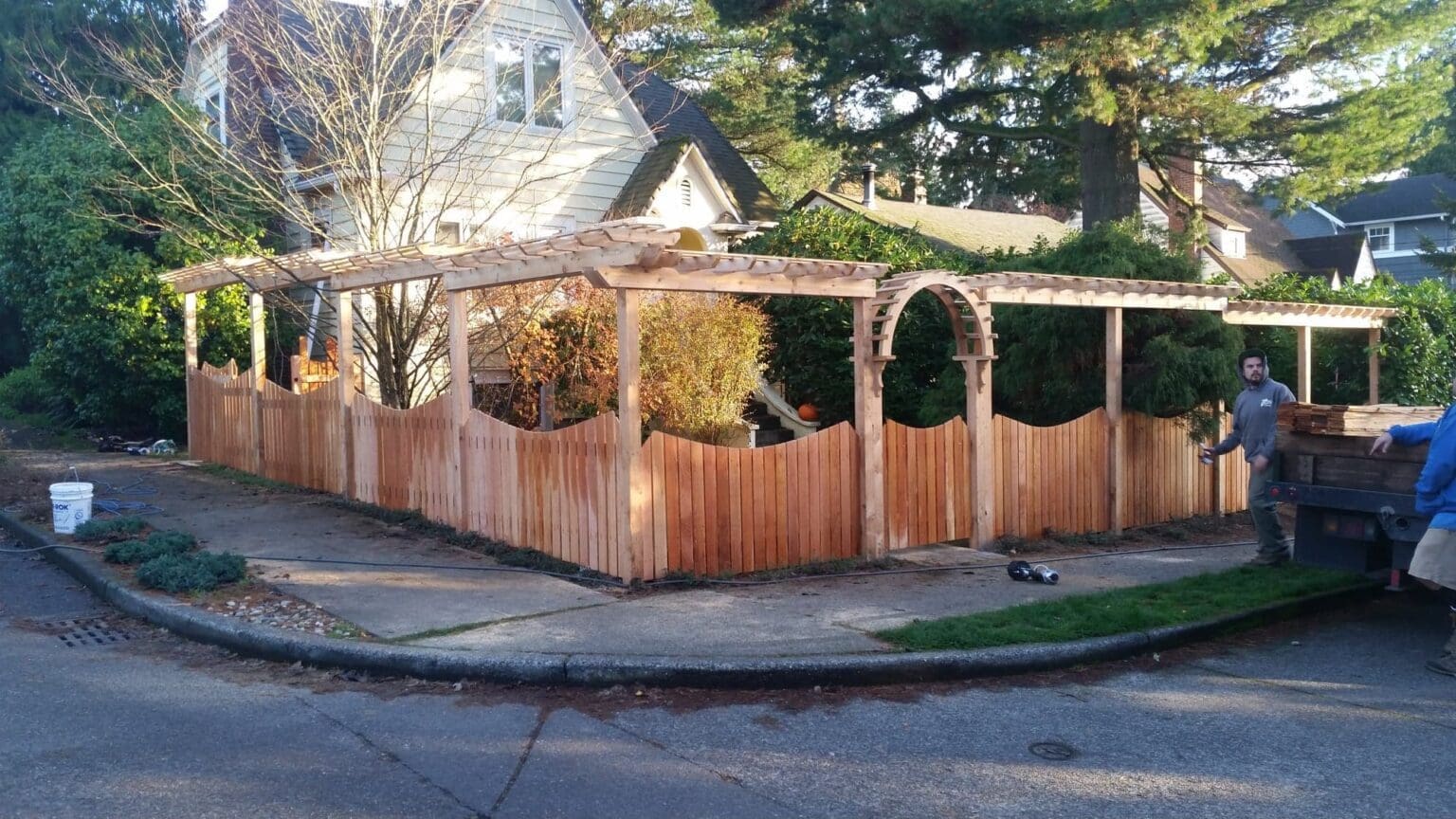Does a Cedar Fence Need Maintenance?
In this blog, you’ll learn does a cedar fence need maintenance? Cedar should be on top of your list of materials for building a fence. Thankfully cedar does require minimum maintenance. But the key term here is “low maintenance.” It means it still needs upkeep, but not the responsibility you’d shoulder if your fence is made from wrought iron, or vinyl.
Though, depending on where you live and how much rain or direct sunlight your fence is exposed to can determine how often you will need to maintain the fence. In Seattle, the weather plays a critical role, and you may need to perform more maintenance on your cedar fence than people in a dry climate.
How Rain Affects Cedar
Seattle gets its fair share of rain throughout the year, and cedar fencing is especially susceptible to damage from moisture. To maintain it properly in wet climates like this one, the rule of thumb is to seal it every two years with a weatherproof sealant. It’s the most effective strategy to protect your cedar fence from mould, mildew growth, and other types of rot due to excess moisture.
A cedar fence is still wood, so it doesn’t take well to water. If left untreated against a wet climate, it’ll start developing grey or black spots, which is mould and mildew growth that eats away at the wood. So, if you’re fixated on having a cedar fence, take it upon yourself to regularly inspect your fence for damage caused by excess moisture and treat it with sealant when necessary.
While there are quite a few wood fence options, cedar is the most popular due to their durability. And even with a longer life expectancy, cedar and redwood will still need occasional maintenance to keep them looking good and protect them from the elements.
Let’s say you knowingly neglect your cedar fence in a wet climate, and the wood begins to rot. You may be able to salvage it with some repairs, but at the end of the day, you will be looking at replacing parts of the fence or even rethink your material choice altogether. In other words, it’s never an excuse to choose cedar to construct a fence with an argument that it’s low maintenance.
When to Stain or Paint Your Cedar Fence
Though some opt to paint or stain their cedar fences, it’s not like a law exists for you to do it. There’s a common belief that painting or staining the fence will make it last longer, but there’s no evidence supporting this claim – in fact, some argue that it can hasten the wood’s deterioration.
However, if you intend to keep the cedar fence looking as good as when you just installed it, then consider treating it with a sealant or paint every two to three years. That way, you can bring out the grain of the wood and keep your cedar fence looking fresh.
And then there’s the opposite side of the argument – those who believe that cedar is best left untreated. They point out that cedar is naturally rot-resistant and that painting or staining it can trap moisture in the wood fibres instead of protecting them.
Also, cedar’s natural aesthetics are something that people find attractive, so applying a coat of paint or stain could ruin the whole thing. If you do decide to purchase cedar, see that you choose a reputable supplier. You may pay for a higher grade of cedar to ensure that the wood you get will last longer with proper maintenance. As with every other type of wood meant for building a fence, you get to choose from different grades and prices. Think of how much of a budget you’re willing to allocate and if the added cost is worth it. But in most scenarios, the higher the grade of cedar, the more you expect it to last with minimal maintenance.
Bushes, Vines, and Weeds Are a Big NO
Cedar fences are known for their natural resistance to decay and insect damage but are not immune from encroachment. Weeds, bushes, and vines will take a toll on the wood, causing rot or straining the fence posts. There’s nothing wrong about having some nice flowers or plants near the fence, but keep them at a distance when it comes to invasive species and woody vines. Woody vines are especially notorious because of their added weight on the posts.
Regularly check the fence for visible signs of rot or damage due to the vegetation and trim it occasionally. Even if you can’t see any signs of decay, it’s still wise to do this as a preventive measure against long-term damage. Again, you’ll see that even an extremely resilient fence made from cedar will need some form of maintenance.
Prep Before Treatment
And when you do decide to invest in wood treatment, you must know that it’s not as simple as spraying the sealant and forgetting about it. Cleaning the surface of your cedar fence is a “must” before applying any form of treatment. Otherwise, the sealant won’t adhere properly to the wood and will leave a patchy finish.
You can do the cleaning with a power washer or chemical solution, but apply the right amount of pressure and use mild soap. Saturate a soft-bristle brush with the cleaning solution, scrub away any stubborn dirt or stains, and let it dry before applying the sealant. Be reminded that the smallest details can make all the difference in how your cedar fence will look and last.
Bottom Line of Cedar Fence Maintenance
Cedar is arguably one of the top five most attractive fences, but you can never call it “maintenance-free.” The wood needs protection from moisture and debris in any environment to keep it looking sharp. And although staining or painting isn’t necessary, you must inspect the fence regularly and clean off stubborn dirt or stains. Should you be willing to embrace these simple maintenance practices, then you’re looking at a fence that’ll last up to four decades.
Town and Country Fencing is a premier fencing company that has over 50 years of building cedar fences. If you need a new fence, call us at 425-775-0531. We provide free estimates and don’t require any money down.











